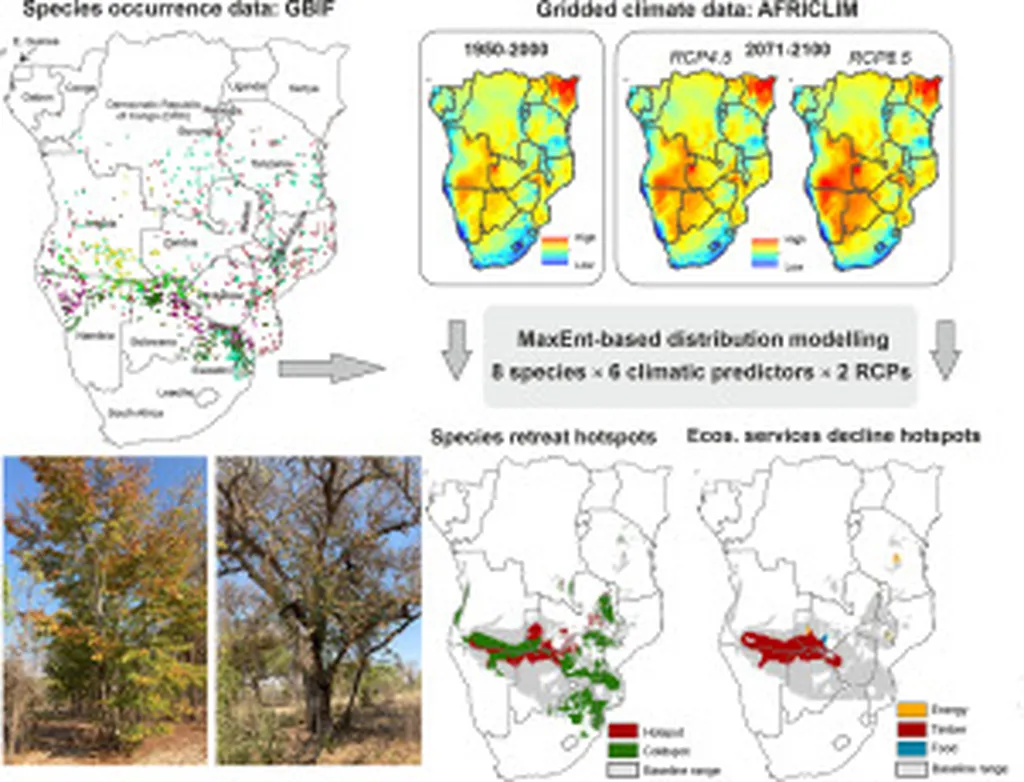In the heart of South Africa’s Soutpansberg region, a recent study has uncovered crucial insights into how climate and forest types influence forest structure and biomass, with significant implications for the energy sector and ecosystem services. Led by Martin A. Honold from the Technical University of Munich, the research, published in the journal ‘Trees, Forests and People’ (translated as ‘Bome, Woude en Menslike’ in English), establishes a foundation for understanding how these ecosystems might respond to climate change.
The study, conducted along a strong climatic gradient, established permanent research plots in mature forests and woodlands to investigate the effects of site-available soil water and forest type on various dendrometric and structural forest variables. Honold and his team found that site-available soil water had a significantly positive effect on most variables, except for tree density and the ratio of multi-stem trees. “Climate had a higher impact than topographical wetness index and soil available water capacity,” Honold noted, highlighting the critical role of climate in shaping forest structures.
The research also revealed that different forest and woodland types, likely due to varying species compositions, survival strategies, and fire adaptations, strongly influenced the studied variables. Structural forest variables were found to have a positive effect on aboveground biomass (AGB), particularly in taller stands with enough space to form multiple canopy layers. This finding is particularly relevant for the energy sector, as it underscores the importance of forest structure in determining biomass availability for energy production.
As climate change looms, with projections of reduced soil water availability and ongoing species and biome shifts in southern Africa, the study’s findings suggest that many of the studied forest variables and their related ecosystem functions and services are likely to decrease in the Soutpansberg region. “In light of climate change, our findings indicate a potential decline in forest structure and biomass,” Honold explained, emphasizing the need for proactive management strategies.
The results of this study could serve as valuable input data for landscape-level modeling and the creation of local management policies. For the energy sector, understanding these dynamics is crucial for sustainable biomass harvesting and maintaining ecosystem services. As Honold’s research demonstrates, the interplay between climate, soil water, and forest types is complex and multifaceted, requiring careful consideration in the face of a changing climate.
This study not only advances our scientific understanding but also provides a roadmap for future developments in forest management and energy production. By integrating these findings into policy and practice, stakeholders can better prepare for the challenges and opportunities that lie ahead. As the world grapples with climate change, research like Honold’s offers a beacon of hope and a path forward for sustainable resource management.

